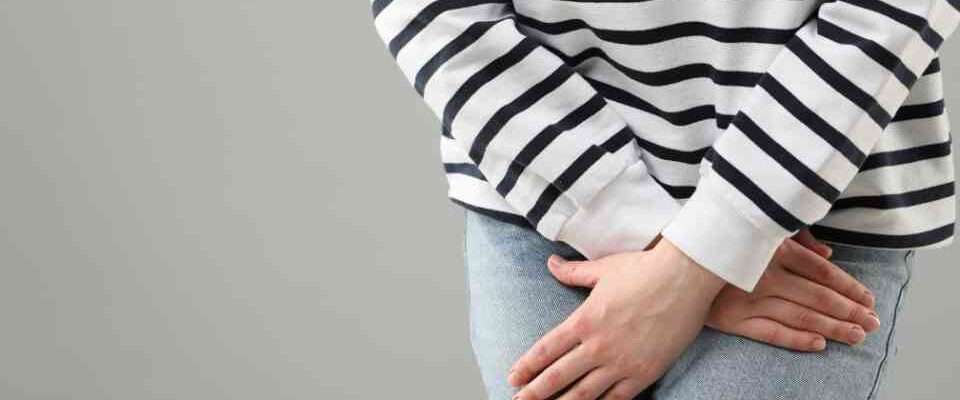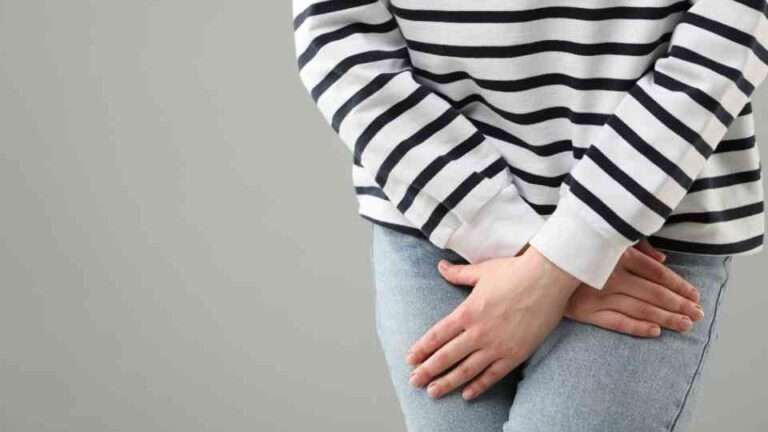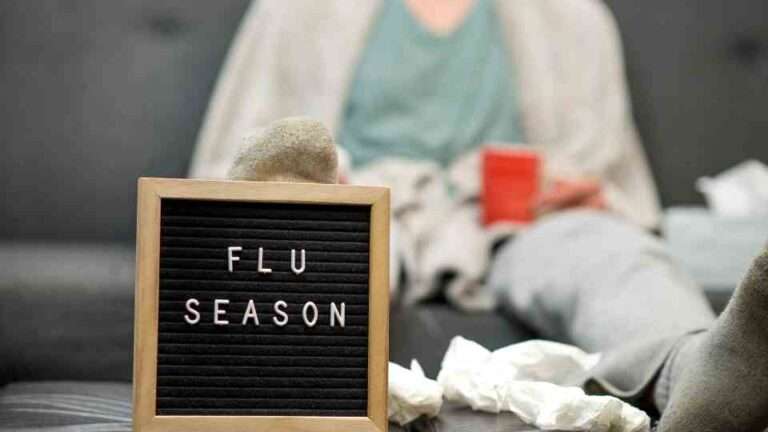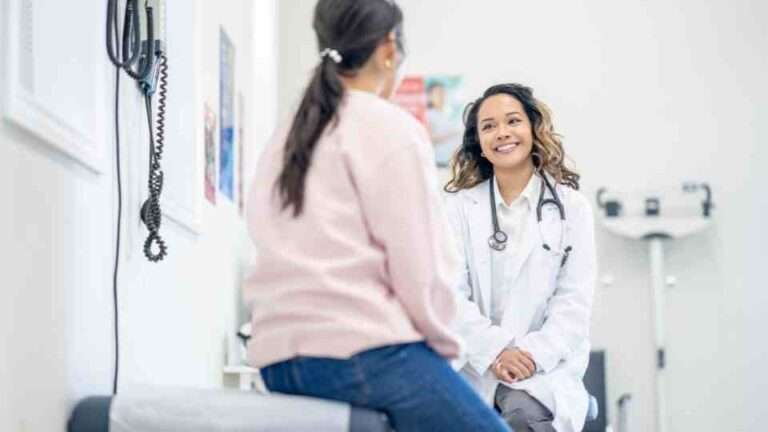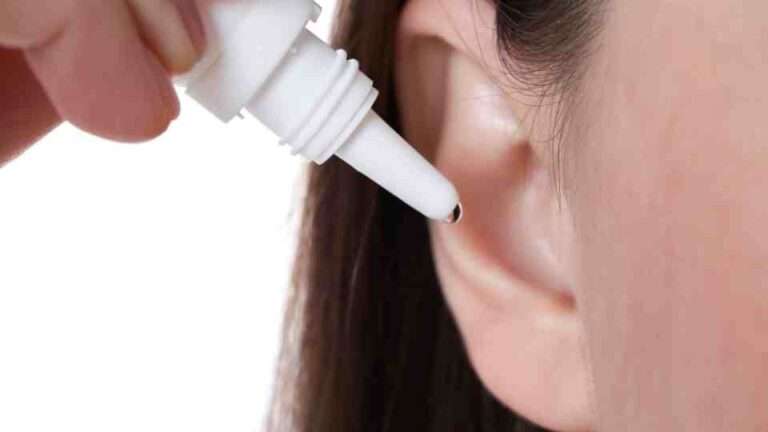At Southdowns Pharmacy, we often see people looking for relief from the uncomfortable symptoms of urinary tract infections (UTIs). One of the most common over-the-counter treatments people turn to is cystitis sachets. These sachets are designed to help ease the discomfort associated with cystitis, a type of bladder inflammation often caused by a bacterial infection. However, many people wonder whether cystitis sachets alone are enough to treat a UTI or whether alternative medications are needed.
Understanding how cystitis sachets work and when to seek additional treatment is important for ensuring a full recovery and preventing complications.
What Are Cystitis Sachets and How Do They Work?
Cystitis sachets contain ingredients that help neutralise the acidity in urine, making it less painful to pass. The main ingredient is usually sodium citrate or potassium citrate, which helps to reduce irritation in the bladder and urinary tract.
When you have a UTI, bacteria in the bladder can cause inflammation, pain, and a burning sensation when urinating. The acidic nature of urine can make these symptoms even worse. By alkalising the urine, cystitis sachets can help ease discomfort and allow the bladder lining to recover more comfortably.
Can Cystitis Sachets Cure a UTI?
Cystitis sachets can help relieve symptoms, but they do not cure a UTI caused by a bacterial infection. UTIs occur when bacteria enter the urinary tract and multiply, leading to infection and inflammation. While reducing urine acidity can provide temporary symptom relief, it does not eliminate the bacteria responsible for the infection.
For mild cases of cystitis that are not caused by bacteria, cystitis sachets may be enough to help the body recover naturally. However, if symptoms persist or worsen, antibiotics may be required to treat the infection effectively.

When Should You Consider Alternative Medications?
If symptoms do not improve within two to three days, or if they become more severe, it is important to seek medical advice. Some signs that you may need antibiotics include:
- Persistent pain and burning when urinating
- Blood in the urine
- A strong-smelling or cloudy appearance in urine
- Fever, chills, or lower back pain, which could indicate a kidney infection
For women aged 16 to 64 with an uncomplicated UTI, the Pharmacy First scheme allows pharmacies to provide a short course of antibiotics without needing a GP appointment. This makes treatment faster and more accessible for those who need it.
Alternative Medications for Treating UTIs
If a UTI requires more than just symptom relief, the most effective treatment is usually a short course of antibiotics. The type of antibiotic prescribed will depend on the severity of the infection and any personal medical history. Some common antibiotics used to treat UTIs include:
Nitrofurantoin – Often used as a first-line treatment, particularly for lower urinary tract infections.
Trimethoprim – Another common antibiotic, though some bacteria have developed resistance to it in recent years.
Fosfomycin – Sometimes used as a single-dose antibiotic for treating UTIs.
These antibiotics work by killing the bacteria causing the infection, allowing the urinary tract to heal fully. Completing the full course of antibiotics is essential to prevent the infection from returning.
Supporting Your Recovery from a UTI
In addition to taking the right medication, there are other steps you can take to help speed up recovery and prevent future infections.
Drink Plenty of Water
Staying hydrated helps flush bacteria out of the urinary tract, reducing the severity and duration of symptoms. Aim to drink six to eight glasses of water per day while recovering from a UTI.
Avoid Caffeine and Alcohol
Both caffeine and alcohol can irritate the bladder, making symptoms worse. Sticking to water and herbal teas can help soothe the urinary tract while you recover.
Go to the Toilet When You Need To
Holding in urine can allow bacteria to multiply in the bladder. Emptying your bladder regularly helps clear out bacteria and reduces the risk of the infection worsening.
Take Pain Relief if Needed
Over-the-counter pain relief, such as paracetamol or ibuprofen, can help reduce discomfort and fever if symptoms are severe. Always follow the recommended dosage.
Wear Breathable Clothing
Tight-fitting clothing and synthetic underwear can trap moisture, creating an environment where bacteria thrive. Choosing cotton underwear and loose-fitting clothing can help keep the area dry and reduce irritation.

Preventing Future UTIs
If you are prone to UTIs, making a few lifestyle changes can reduce your risk of getting another infection.
Practise Good Hygiene
Wiping front to back after using the toilet prevents bacteria from spreading to the urinary tract.
Urinating After Sex
This helps flush out any bacteria that may have entered the urethra during intercourse, reducing the risk of infection.
Consider Cranberry Supplements
Some studies suggest that cranberry extract may help prevent bacteria from attaching to the bladder wall, though it is not a guaranteed prevention method.
Pharmacy First UTI Treatment
Cystitis sachets can provide relief from the pain and burning sensation associated with UTIs, but they do not treat bacterial infections. If symptoms persist or worsen, antibiotics may be needed to fully clear the infection.
At Southdowns Pharmacy, we offer expert advice and access to cystitis sachets, pain relief, and antibiotics for uncomplicated UTIs through the Pharmacy First scheme. If you are experiencing UTI symptoms and need treatment, visit us for fast and convenient care.

This blog was written on behalf of Southdowns Pharmacy by Pharmacy Mentor.

